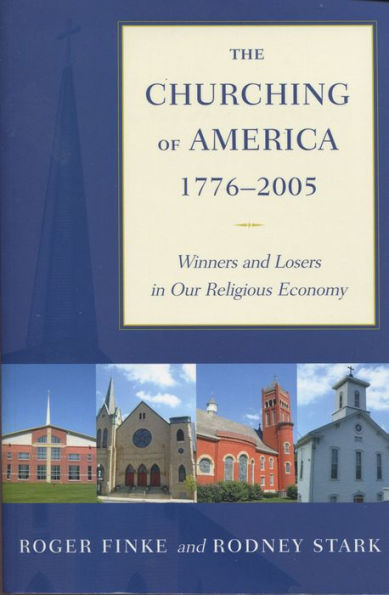5
1
9780813535531



The Churching of America, 1776-2005: Winners and Losers in Our Religious Economy / Edition 2 available in Paperback, eBook

The Churching of America, 1776-2005: Winners and Losers in Our Religious Economy / Edition 2
- ISBN-10:
- 0813535530
- ISBN-13:
- 9780813535531
- Pub. Date:
- 03/03/2005
- Publisher:
- Rutgers University Press
- ISBN-10:
- 0813535530
- ISBN-13:
- 9780813535531
- Pub. Date:
- 03/03/2005
- Publisher:
- Rutgers University Press

The Churching of America, 1776-2005: Winners and Losers in Our Religious Economy / Edition 2
$44.95
44.95
In Stock

Product Details
| ISBN-13: | 9780813535531 |
|---|---|
| Publisher: | Rutgers University Press |
| Publication date: | 03/03/2005 |
| Edition description: | Revised and Expanded |
| Pages: | 368 |
| Sales rank: | 318,159 |
| Product dimensions: | 6.00(w) x 9.00(h) x 0.90(d) |
From the B&N Reads Blog

